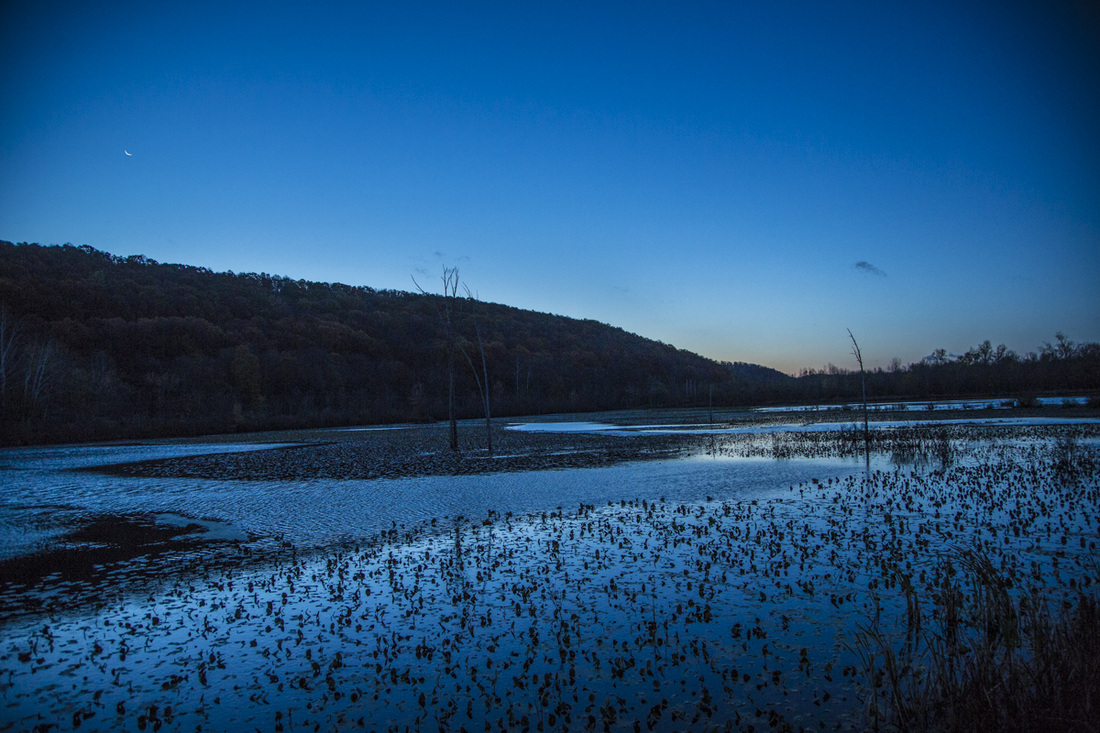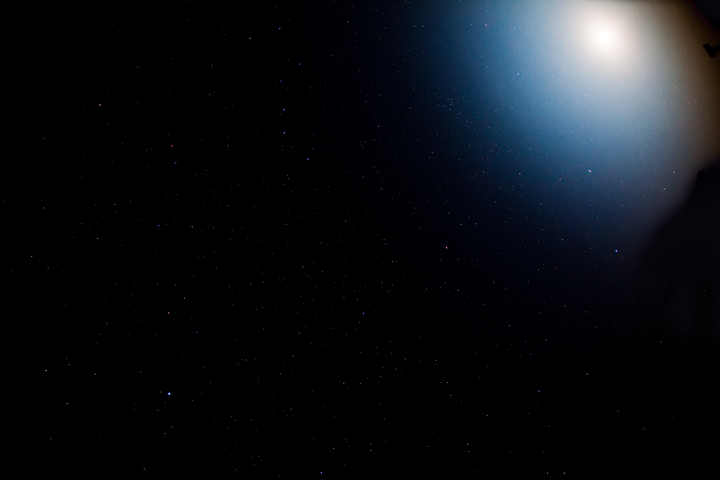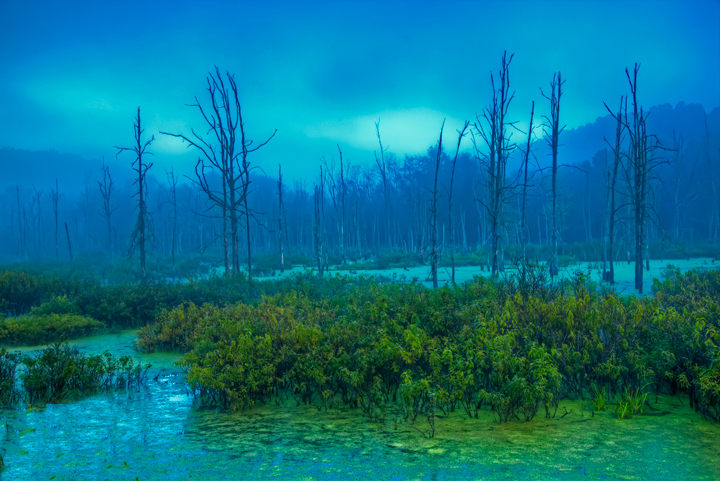His blue period. Later, I learned that’s what they called
it. But when I came upon the painting, I stopped. I couldn’t
move. The loss, the despair, the isolation were arresting. A single
woman holding an infant looks away. Another figure is curled against some
threat.
When I am that bleak I hardly breathe.
In 1965 I frequently found myself wandering the silent galleries
of the Cleveland Museum of Art. Each time I appeared at the massive doors,
the space rooted itself in me by its stillness. It was the only place in
which I could be numb, where nothing was expected from me. I had nothing
to give. I don’t know how to speak when
numb.
I slowly passed through the galleries, seeking something.
But none of the religious art, the elegant English landscapes, or the portraits
with every possible expression, none of it grabbed my sleeve and silently
stopped me except for Picasso’s painting, “Life”. I couldn’t
move.
Remembering that year, these words of Juan Jimenez come forth:
“I am not I. I am this one walking beside me whom I do not see… who
remains calm and silent when I talk.” I was split into a false self with a
mask that did all the talking, but my true self was quiet, not verbally
visible.
My head fabricated the smiling, extraverted mask. When
asked, “How are you… really?” the mask said, with deceptive confidence,
“Everything is OK.” The mask lied promiscuously. But the one
walking beside the mask knew that the truth was otherwise. There was
nothing I, or my mom, or my dad, or the tall, commanding, take-charge,
politically-connected minister, or my childhood image of “God,” or the doctors,
could do to heal my sister, who was one block away in the Cleveland Clinic
Cancer Center.
When I passed Picasso’s melancholy painting, my mask didn’t want
to stop, didn’t know why I was transfixed. Only that painting told the
somber truth about the hospital room one block away. My mask didn’t
understand why it found itself in the museum gift store, buying a post card of
the painting. The mask hid it in a book. It didn’t see the
connection between that painting’s terrible beauty, and the room one block
away.
Picasso was two years older than I was at the time, when he
painted this lament. Perhaps in his four year long Blue Period he painted
his way through his grief after the death of a dear friend.
Following the death of my sister, the mask faked it with,
“everything’s OK.” But the Universe persisted in offering open doors to me
for 15 years, until I finally heard the soft, gentle voice of a friend, who
said, simply: “Tell me the story of your sister.” And the one who
walks beside me began to weep.
I began describing the last scene of her story. We were
around her bed. She took one gasping breath after another, and then
stopped, and there was silence. Her life disappeared into
silence.
Now, decades later, I am drawn to the darkest blues of the
night, to the solitude that awaits me there, to the stillness at dawn, to the
silence out of which I have come, and into which I’ll disappear.
In the darkness, the one who silently walks beside me knows I am
loved.
In the blue solitude before dawn I want to believe that I am
with all sentient beings in their suffering, and in the silent disappearing of
their species. And I do.
At first light when the first trees begin to appear, I
want to believe that beneath the chaos and grief there is a hidden
wholeness. And I do.
When I look into the lovely blue at dawn that fills the
forest, I know there are rhythms of the Universe I know nothing about. I
want to believe that they are flowing in patterns of wholeness, just beyond
sight and touch. And I do.
I want to believe that all pain and grief are on their way
into a distant darkness. And I do. We are all
One.
Copyright John Holliger
2013




 RSS Feed
RSS Feed